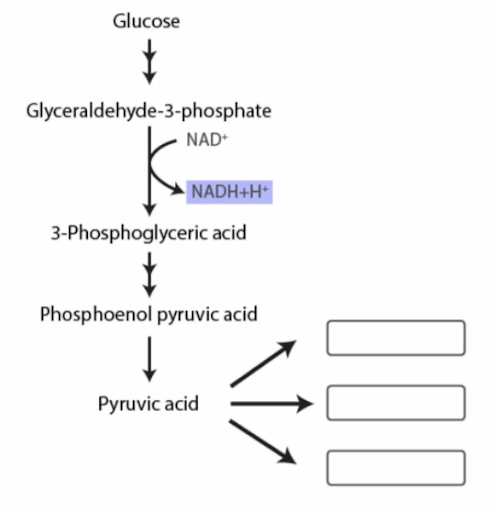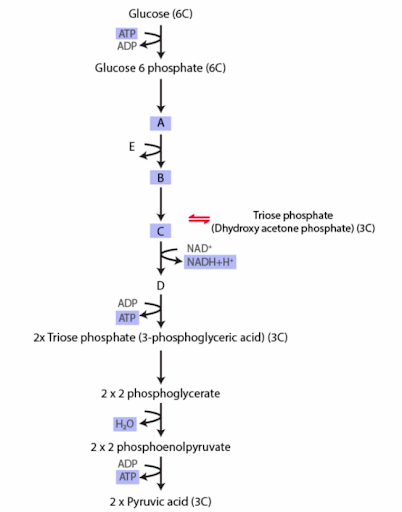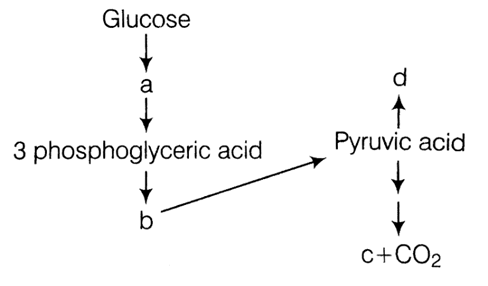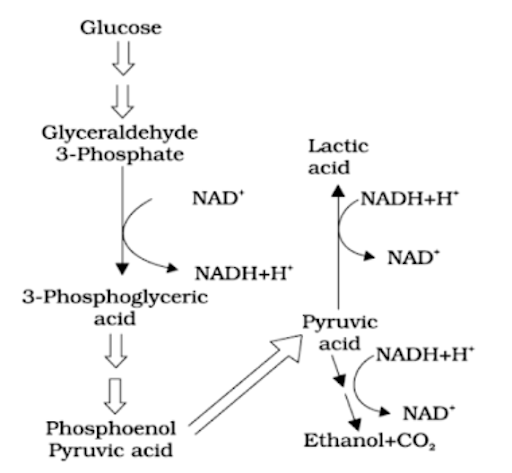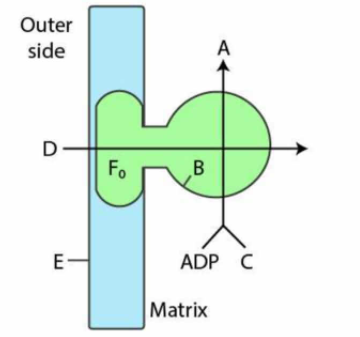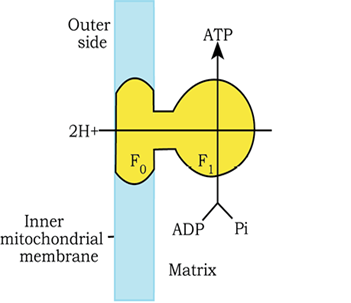NCERT Exemplar for Class 11 Biology - Respiration in Plants - Free PDF Download
FAQs on NCERT Exemplar for Class 11 Biology Chapter-14 (Book Solutions)
1. What are the Concepts used in NCERT for Class 11 Biology Chapter – 14, Respiration in Plants?
The concepts used in the NCERT book for Class 11 Biology Chapter – 14 Respiration in plants, are cellular respiration, respiratory substrates, glycolysis and how plants respire, fermentation, aerobic respiration, tricarboxylic acid cycle, electron transport system (ETS) and oxidative phosphorylation, the respiratory balance sheet, amphibolic pathway, and respiratory quotient. All these concepts come under plant physiology which is important for every Class 11 student who wishes to score well in their Class 11 and Class 12 examination and for the other competitive exams.
2. Where can I find the NCERT Exemplar for Class 11 Biology Chapter – 14, Respiration in Plants, with proper book solutions?
At Vedantu.com, the students of Class 11 can find all the study material they require for better preparation for Class 11 exams. These study materials are curated by our master teachers who have made sure to make all of these comprehensible and easy to understand for you to have no doubts at all. These free PDFs are easy to download through the Vedantu website or app. Get these just by signing in and here you can find the NCERT Exemplar for Class 11 biology Chapter – 14, Respiration in Plants, with proper book solutions.
3. Is it important to attempt all the questions in NCERT Exemplar for Class 11 Biology Chapter – 14, Respiration in Plants?
Yes, all the students of Class 11 need to attempt all the questions mentioned in NCERT Exemplar for Class 11 biology Chapter – 14, Respiration in plants. By doing this, the students make sure to get better at the concepts of plant physiology which proves beneficial for other older Classes and to those students who are preparing for competitive exams. These questions help you to practice your preparation and realise your weak points which can be resolved with enough attention, thus making you better at biology.
4. How can I understand NCERT Class 11 Biology?
To understand each topic, definition, and concept of Class 11 biology, a student must make notes which they can get easily from Vedantu for free of charge in PDF format. After studying each term, concept, and mechanism in detail, one should make sure to test their knowledge regarding each unit or each chapter. These can be done via sample papers or mock tests. Once a student of Class 11 uses this method for their preparation, they can see the change themselves.
5. How many questions are present in NCERT Exemplar for Class 11 Biology Chapter – 14 (Book Solutions)?
The NCERT Exemplar for Class 11 Biology Chapter – 14 (Book Solutions) consists of 4 sections named MCQs (Multiple-Choice Questions), Very Short Answer type questions, short answer type questions, and long answer type questions. The MCQ section consists of 9 questions, the very short answer type questions consist of 7 questions, the short answer type questions are a total of 23 questions, and the last section that is long answer type questions are a total of 5 questions which should all be done by a student who believes they can get full marks in biology.























